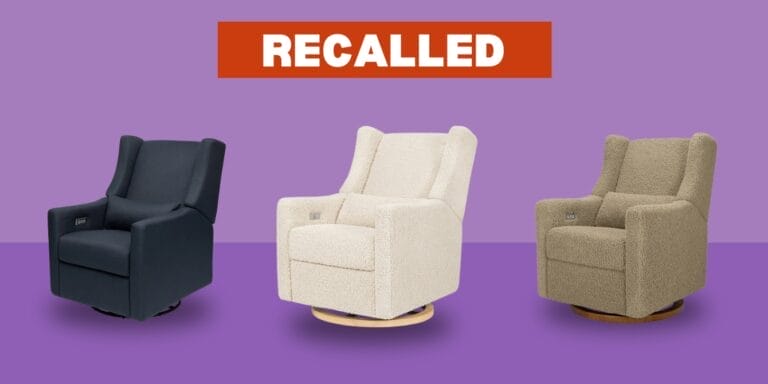If you want an educational toy for your kids, go old-school, says new study

Blocks, crayons and balls do wonders for your child's development, says the AAP.
Table of Contents
They’re loud, fast, exciting and sometimes they are even labeled as educational, but a new report from the American Academy of Pediatrics suggests high-tech toys should be left off the shopping list this Christmas.
The AAP’s new report, Selecting Appropriate Toys for Young Children in the Digital Era , suggests parents pass over overstimulating light and sound toys, digital devices and apps and choose old-school items like blocks or dolls instead.
The AAP stresses that high-quality toys don’t have to come with a high price tag, and that the best toys are the ones that are developmentally appropriate and encourage kids and parents to play together. They’re worried that in recent years parents have come to see flashy toys and apps as necessary for child development, when they are not and can actually be disruptive to the parent-child relationship.
“While it’s easy to fall victim to the marketing, you are your child’s best teacher,” the AAP notes .
Kids are going to learn more playing with mama than they would from any app and there are a ton of pediatrician-approved toys that can help facilitate that play (and that kids can also engage in solitary play with as they age).
Here’s what the AAP wants to see under the tree instead of an iPad:
1. Motor skills builders
Old-school basics like wooden blocks, shapes, puzzles, and trains help children with fine-motor skills, as well as language and math skills. They can also grow with our children, the report’s authors note.
“For example, an 18-month-old child might try to use blocks functionally (eg, stack them), whereas a 2-year-old might use the same blocks to engage in sophisticated symbolic play (eg, by feeding the doll with a block that represents a bottle) or use the same blocks to construct a bridge, demonstrating the development of spatial awareness.”
2. Pretend playthings
Dolls, action figures, and toy animals spark imaginative play and help kids learn to tell stories and put words to feelings. The same goes for toy objects, like fake food or little cars. These symbolic toys don’t have to do anything fancy, because they invite children to create their own action.
“Such imaginative play ultimately facilitates language development, self-regulation, symbolic thinking, and social-emotional development,” according to the AAP.
3. Art supplies
Paint, paper, colors and glue foster creativity andmotor skills. The AAP considers art supplies a “high quality” toy, but says they don’t need to be expensive. In fact, in some cases they don’t even have to cost mama anything. A cardboard box can be an art supply if you want it to be.
4. Physical playthings
Balls, tricycles and things to push and pull help kids’ physical and social development. When they play with catch with mom or dad they’re learning how to move their body and that physical activity is fun, a lesson that kids need now more than ever.
Add a friend to the mix and two kids taking turns with a ride-on toy are figuring out how to “improve self-regulation and peer-interaction” because they’re having to negotiate with each other.
5. Language toys
According to the AAP, physical card and board games build kids’ language skills in a way that an app version of the same game can’t. Toy letters are a fun introduction to early literacy and the tactile factor makes them way more meaningful to kids than a letter on a screen.
Bottom line: Technology helps us parents connect with each other and the wider world, but when it comes to stocking the toy box, it’s time we get back to basics. Our children don’t need to connect to the internet, they just need to connect with us .


































